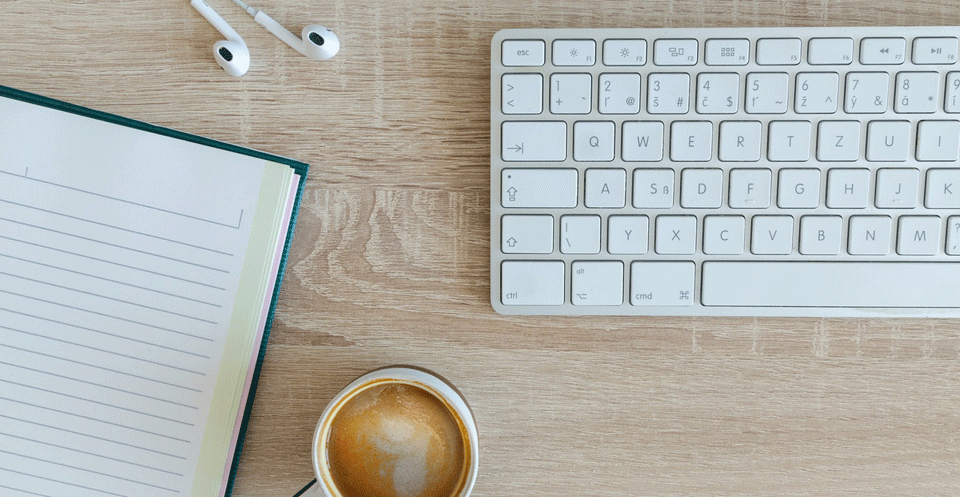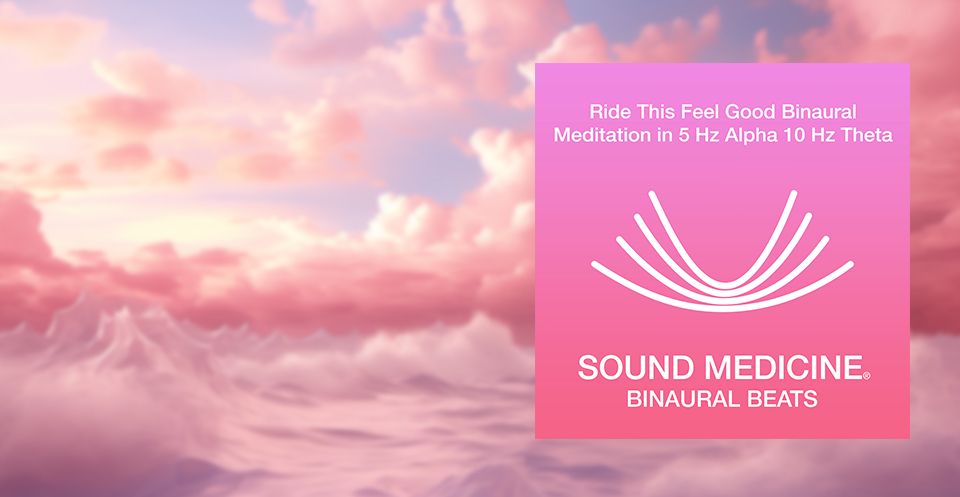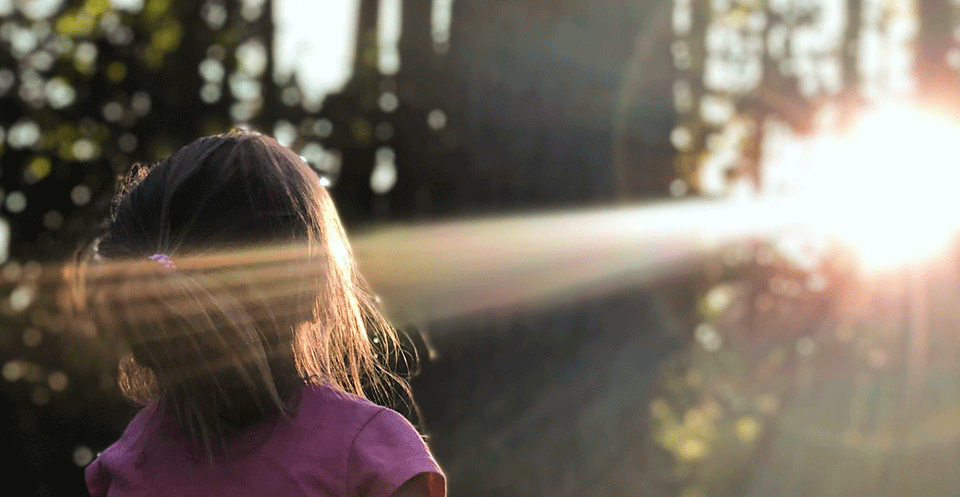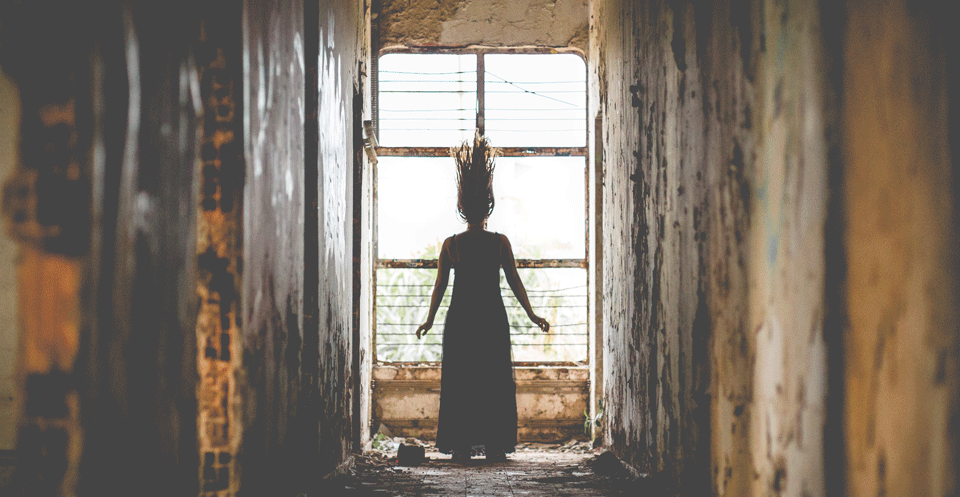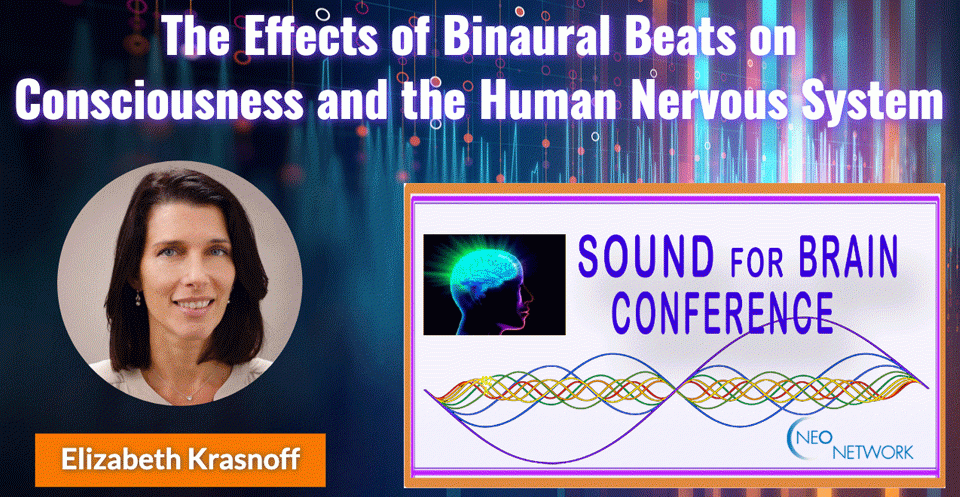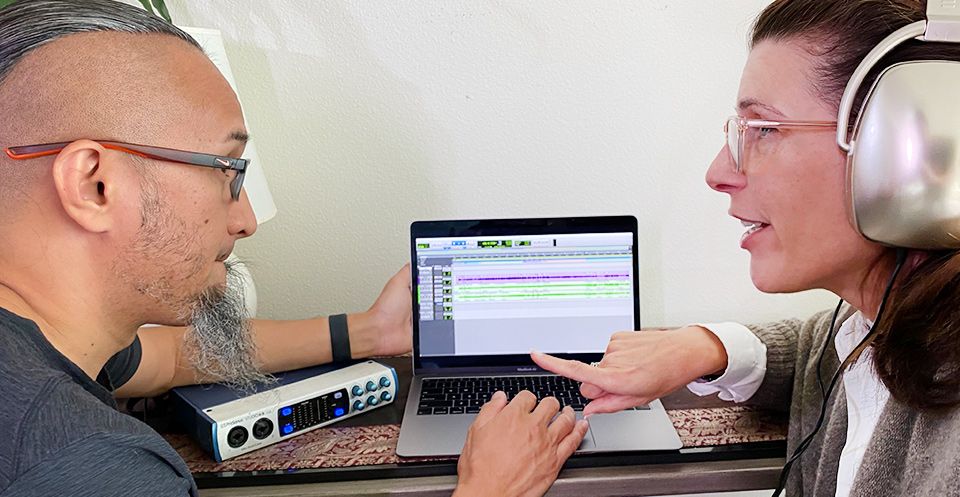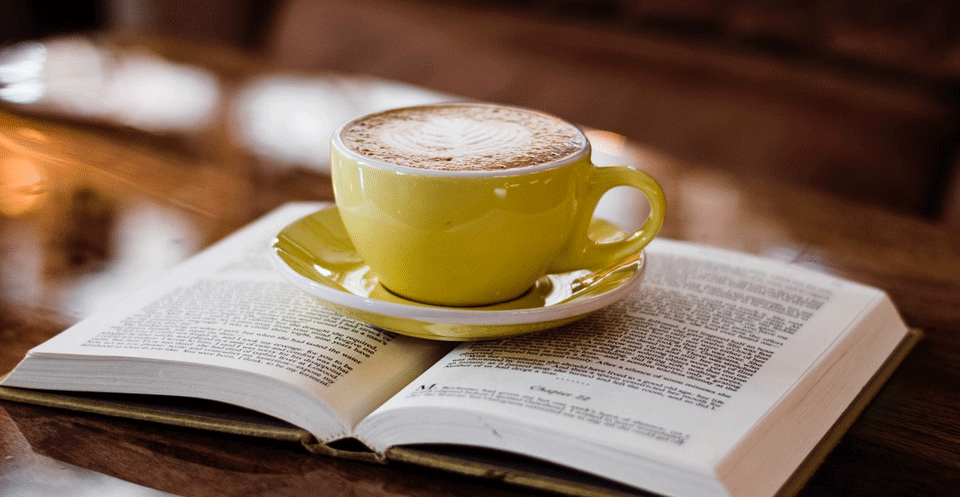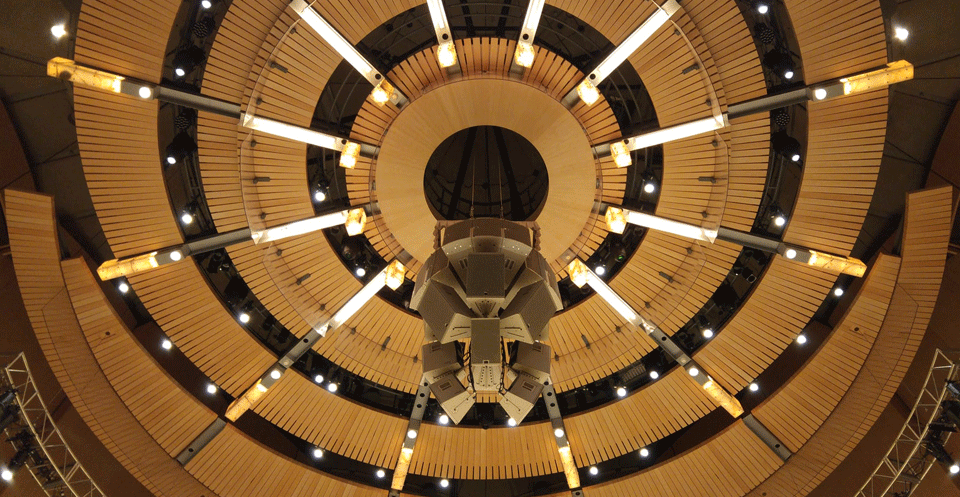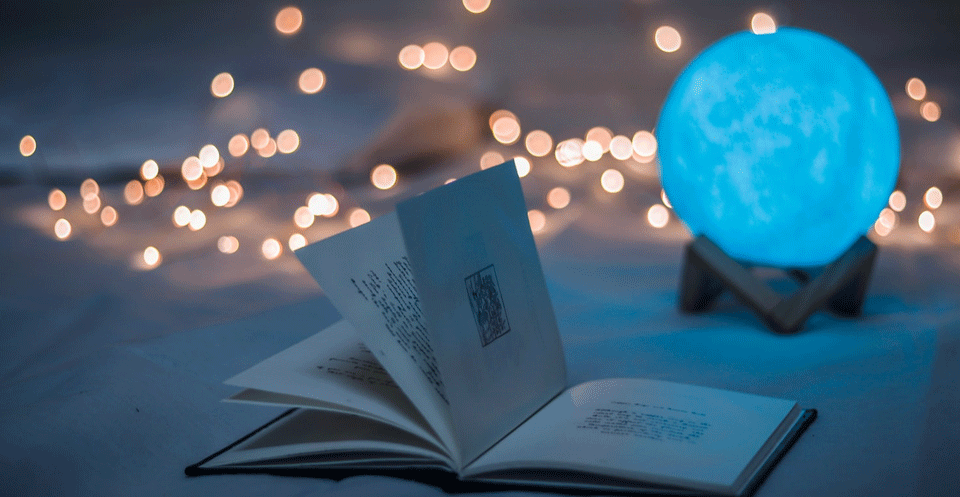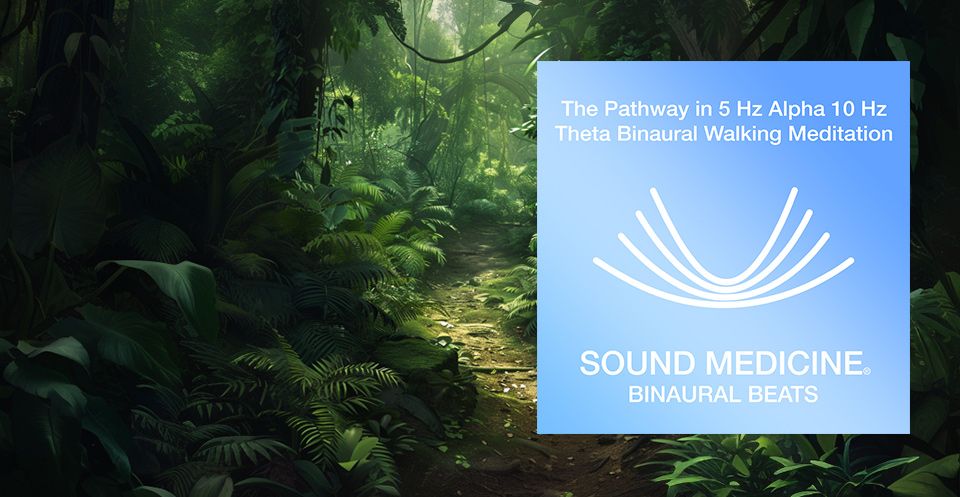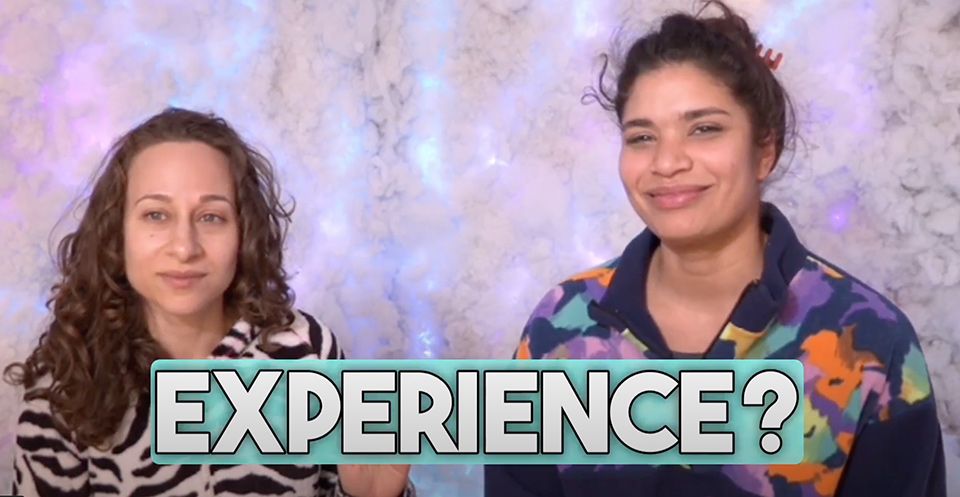Sound and Alzheimer’s
An early onset Alzheimer’s patient has recently joined my practice.
I was not expecting so many interesting questions to appear as a result. This article, written with the permission of my new patient and his partner, explores the beginning sessions, how they helped my patient, and could help other Alzheimer’s patients potentially.
It raises questions about the brain and analytical function v. intuition/creativity, and wonders about the heart/brain command chain as well. How rewarding to be of such help to someone, and to become inspired to learn more about some very important questions on the functions of the brain as well.
We began by meeting with his partner to discuss the current research on Alzheimer’s and sound. The Alzheimer’s Foundation is a huge supporter of Music Therapy for Alzheimer’s. It can: “shift mood, manage stress-induced agitation, stimulate positive interactions, facilitate cognitive function, and coordinate motor movements.” Alzheimer’s Foundation. Click here for article.
The research shows that we process music in a different place in the brain than the place that the disease affects. “This happens because rhythmic and other well-rehearsed responses require little to no cognitive or mental processing. They are influenced by the motor center of the brain that responds directly to auditory rhythmic cues. A person’s ability to engage in music, particularly rhythm playing and singing, remains intact late into the disease process because, again, these activities do not mandate cognitive functioning for success." Alzheimer’s Foundation. Click here for article.
Once the patient listens to music, the patient can then access lost memories which are activated by the emotion that the music produces. Does the music reach the damaged parts of the brain? Or does the music access the same memories through different networks?
The movie “Alive Inside” is a groundbreaking research/documentary piece on just this topic, mainly following seniors with Alzheimer’s and their response to music. Once the seniors hear the music and their brains turn on they are able to recall memories of their lives and experiences. (A shaman would say that their spirits are returning to their bodies in present time). They become human again, sometimes after years of a total absence of presence in their nursing homes. Significantly, the movie also profiles an elderly couple in which the wife has Alzheimer’s, who have stayed together at home for 10 years with no medicine or medical assistance, the husband just using the power of music with his beloved wife.
Music brings all of us home, present and sentient. The movie asks: if music is home base, how far back does this go? What is our first experience of music? It turns out that the very first time we dance to a rhythm, “the first music”, is the moment that the very first cell of a fetus beats, and then like magic, is joined by thousands of other cells in synchronization. That happening is the birth of the human heart. A choreographed chorus of synchronized cells, all beating in unison.
As I learned in Sound Therapy school, with organized music, we return to unison, to “at oneness”, to a harmonious state of effortless togetherness. It is the same effect as meditation. It IS a meditation. And in this meditation we are not alone. We lose the illusion of separation. (Disorganized music is another topic, and is used in sound healing to break up stuck energy among other things).
A Music Therapist works together with a patient by creating a playlist of their favorite music for example, or performing a concert of their favorite music or the music of their era. But in my case, I was clear with my client’s partner that I am not a Music Therapist. A Music Therapist is trained to play music with and for the clients and to select specific music to elicit responses. I am a Sound Therapist, in which we focus on the components of music/sound and work with its frequencies, rhythms, harmonies and phasing to 1). access different brain states and 2). access any and all cells in the mind/body/emotions/soul (which are all made up of vibration). The goal is to use sound as medicine, harmonizing, releasing, healing and unifying the body’s vibrational state. It takes you out of your “analyzer mind” as we say in Energy Medicine ™, and puts you into your place of mindfulness, as we call it “The Meditation Sanctuary™”. This music does not sound like popular music; perhaps it is closer to ambient music with a leaning to the electronica world or indigenous world. I personally also use the power of the human voice to accomplish these goals or a single toned instrument like crystal bowls, but this too is in a more abstract manner than a specific song. Lyrics are mostly a made up language or tones or thoughts or prayers. Either way, it has the same effect: unison, harmony, releasing of blockages, deep rest, peace, healing…. And, as it turns out, remembering.
My patient is in the moderate stage of Alzheimer’s disease. More on this stage can be found on the Alzheimer’s Association website. Click here. I ask the same questions I ask all of my clients. The difference is that the answers are enviably less detailed and more concise.
For the first session my patient reported no current complaints. He was perfectly happy. When asked what he wanted to accomplish in the session he said: “I want to try this”. His partner had read that both music and meditation were helpful to Alzheimer’s patients and she thought he might like to try the sound bed.
I put him on the sound bed. A sound bed vibrates like a stereo speaker and looks like a reclined airline seat, so the patient feels the music through the bed and then hears the music through headphones. He listened to two pieces of music intended to put his brain into a meditative theta state. There are four main brain states. Beta, the fastest, is wide-awake and alert; Alpha is relaxed and creative; Theta is for meditation, intuition and memory; and Delta, the slowest is for healing and deep sleep.
My client went into such a deep rest I let him sleep an extra 15 minutes. I gently brought my client back with a touch on the arm and he jumped. I asked him how the session was and he gave me a big smile and said: “I felt my brain connecting!” This made him very happy. Then he told me that he saw an image but he wasn’t sure if that was supposed to happen. I shared with him that the images were good and asked him to tell me what he saw. He saw a horse, he said, and I asked him if it represented freedom. He said yes, it gave him a feeling of freedom. Then I played crystal bowls and sang for him, which he liked a lot. I let him play the crystal bowls, which he played perfectly. Usually people press too hard and do not succeed, but he gently played the bowls without any effort. I wondered if he at last had permission to be present to the gentle artistic side of his nature. In his recent “other” life, he had worked in a very hard-hitting, aggressive worldly job.
I wondered if he would like to draw any more images that came to him if he chose to return. The next week he chose to return. I asked him what he wanted to accomplish, and he said: “to rest on the bed again”. I asked him for any feedback on his previous session: “I liked it”, he said smiling. Well there you have it. Beautiful simplicity, presence to the present moment, and surrender. Again he listened to two music pieces. The first drew his brain into theta state and then the second balanced and harmonized all of his energy centers (chakras). Again he had a deep comfortable sleep.
When he awoke, he said he had many fun images. A blue jay came to him. His partner was sitting on a stone. They spoke about their children and laughed and laughed together. Then the blue jay flew down onto the stone and whole sky became yellow with sunlight. I suggested he draw these things and he was very brave and agreed.
I shared with him that in the indigenous world, animals are thought to bring messages, or medicine for humans. We looked up the blue jay in my animal medicine book and talked about the message or medicine of the blue jay, which is one of opening up to new resourcefulness and adaptability: new resources would come available.
Could it be that as he descended into Alzheimer’s and parted with his “rational” or “adult” or “analyzer” mind, that his intuitive, knowing mind, the place of child like innocence and infinite wisdom, finally had a chance to be expressed? I showed him my dream journal to help him get started. I wrote down all the words for him that he spoke to me about in his dream. I made every aspect of this activity accessible to him. I played the crystal singing bowls and kalimba and sang prayers over him while he drew. He worked diligently and finally he showed me his blue jay. Indeed, it was brilliant and I said so, much to his joy! It was an abstract geometric overall shape of the bird. I guided him to include his partner as a color. He filled the paper with vibrant colors of pink and red emanating out from the blue jay, and dotted in yellow splashes of sunlight. It now looked like the Phoenix bird, or symbolically, resurrection.
He talked to me as he worked and told me that his family loved bird watching He told me that his child was an excellent artist and would draw this bird much better than he could. Then we talked about Valentines Day coming up and I teased him that he wasn’t allowed to forget that important date! He told me he had it covered, and showed me with his hands how tall the flowers were that he was going to buy for his wife. He said he was going to take her to the place where they got married. When his partner arrived he showed her the picture. “Look”, he said, “those are my FEELINGS for you. Those are all you!” Everyone including their child and I was happy. It was a moment of genuine love and peace and harmony. We were all synchronized and simply taking in the present joy of sharing an experience. Health comes from the most unlikely intersections sometimes.
My hope is that the once a week this client will come to see me will be a time of remembering his beautiful life, and of experiencing and exploring his spirit and the creativity of his essence. He is at last in a place of peace with his body, it has no more golden hoops to jump through, no more brass rings to grab. His encounters with his unconscious, his essence, his heart and love, and his family are priceless, and a place many do not get to ever at all. I always remember that the soul has an unfathomable path at moments like these. Why do these precious moments come to us through illness sometimes? Ultimately the mystery is best fathomed with intuition and its rich symbols, which we can intuitively grasp but be hard pressed to explain.
I suggested to them as they left that their son also draw a blue jay that night, and put it next to his parent’s blue jay, and that they keep those drawings in a portfolio. That they create a portfolio of his memories and drawings. Something his family will have forever. I hypothesize based on my sessions with this client that as Alzheimer’s shuts down our analytical brain it gives prominence to our intuitive brain. That we regain the contact we had as a child to wonder and source and the intuitive wisdom part of the brain. The part of the brain that can be eclipsed by its more societally rewarded analytical counterpart. I wonder if it can be researched and documented.
And another question: does Alzheimer’s leave or keep the soul, intact?
Shortly after wondering about these things, the following Wall Street Journal piece on dementia came to my attention. Click here for the article. Dr. Sternberg, a resident neurologist at Yale-New Haven Hospital says: “There are several theories on the connection between dementia and artistry. The first involved the prefrontal cortex, contained within the frontal lobe, home of high-level analysis and planning. When the region is damaged in frontotemporal dementia, people stop filtering their behavior and let go of their inhibitions. In the absence of the prefrontal lobe’s self-monitoring, an underlying creative drive emerges.” Dementia has opened a window into observing creativity and is an easy observation of the different functions of the analyzer and what its absence sets the stage for.
Dr. Sternberg concludes: “With further study, we may come to confirm traditional lessons on how to harness creative potential—by releasing our inhibitions, not overthinking, and engaging in free association. What Victor and others with his dementia can teach us is that the key to creativity might lie in our ability to suspend conscious scrutiny, if only for a moment, and just let the mind wander”. This is the same description you will hear from any training on awareness in the now, the zone, the flow or “present time”. And it has come to us through the doors of Dementia, as if the portal to forgetting is reminding us that all experiences are a mixed bag of challenges and blessings.
Another interesting line of questions I wonder about is the role of heart intelligence. HeartMath® has scientifically documented that more information goes from the heart to the brain than vice versa—it is the master of information flow. I wonder if the heart is able to override the brain and cause disrupted brain functions to operate. I wonder if heart frequencies travel the same neural networks as music? His partner commented that he had indeed remained so loving of his children. I theorize that his love, his heart intelligence, takes priority command of the functional brain and causes it to operate. Perhaps loving acts, or any acts from the heart, are one of last things that we get to keep.
In summary, sound can help us to stay in a present place of intuitive knowing and heart connection, and as our constant companion, make sure that we are never alone. Sound can really accomplish whatever we intend for it to accomplish, as we are all composed of vibration, albeit in a more crystalized state. It is a companion in our journey of lessons. It is a communication tool with our very own cells. And in the particular case of Alzheimer’s, it is a wonderful comfort and enrichment for those of us suffering with dementia--particularly as it relates to retrieving our memories and identity. It also helps with sleep and relaxation, helping us find comfort during an uncomfortable process. Sound is both a portal to connecting with our human body, and to remembering that we are spirit.

